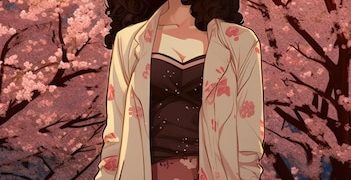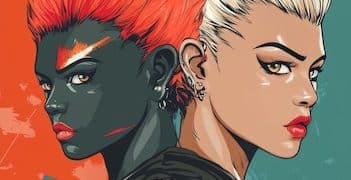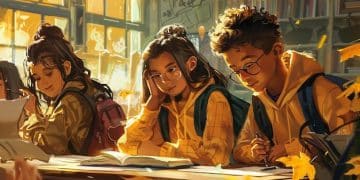Unveiling the Best Josei Manga of All Time: A Comprehensive Guide
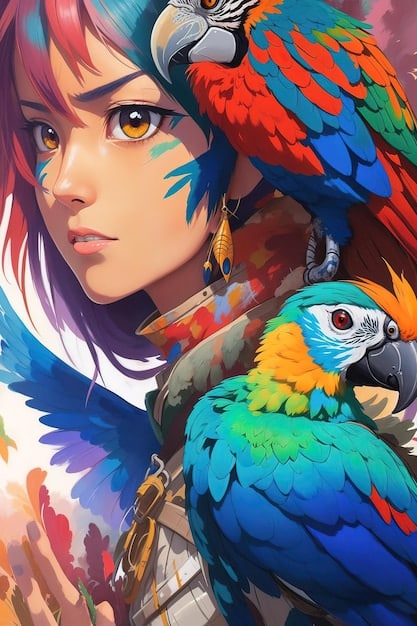
Josei manga caters to adult women, exploring mature themes and complex character relationships that often differ from the typical shojo manga. It is a genre known for its realistic portrayals of life, romance, and societal issues.
Dive into the world of josei manga, a genre specifically crafted for adult women. Unlike shojo manga, which often targets teenage girls, josei explores mature themes, complex relationships, and realistic portrayals of everyday life. Prepare to discover some of the best titles this genre has to offer.
What is Josei Manga?
Josei manga, which translates to “woman” in Japanese, is a category of manga aimed at a female audience, typically older teenagers and adult women. These stories often diverge from the fantastical elements common in shojo manga, focusing instead on delivering narratives grounded in reality.
Defining Characteristics
Josei manga stands out for its nuanced character development and its tackling of real-world issues. Here are a few characteristics that define this genre:
- Realistic Scenarios: Unlike the often idealized settings of shojo, josei manga delves into everyday scenarios that resonate with adult life.
- Complex Relationships: Josei manga explores deeper, more complicated romantic entanglements, family dynamics, and friendships.
- Mature Themes: Dealing with darker and more profound issues such as career challenges, societal pressures, and personal growth is a common theme.
The genre is known for stories that feature characters grappling with life’s difficulties and opportunities, presented in a way that is both engaging and thought-provoking.
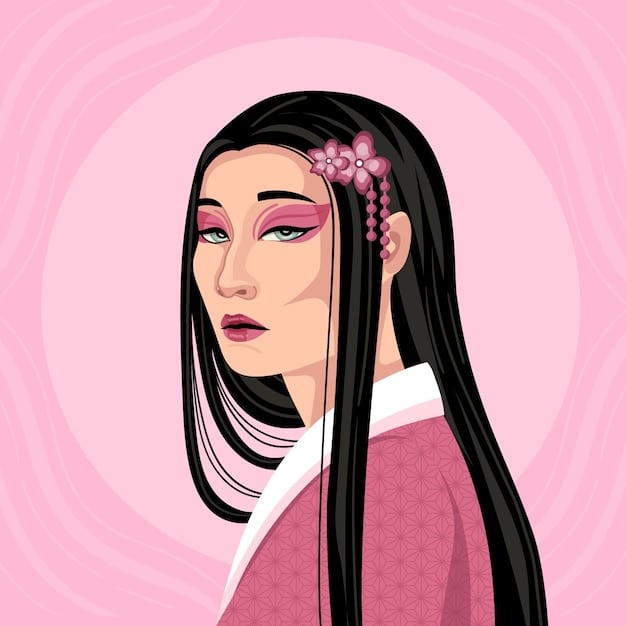
Popular Themes in Josei Manga
Themes in josei manga often mirror the everyday challenges and desires of its adult female audience. As such, the breadth of topics covered is vast, offering something for virtually every reader.
Romance and Relationships
While romance is a staple in josei manga, it differs from the idealized romance found in shojo manga. Josei depicts relationships with all their complexities, including:
- Infidelity and Trust Issues: Realistic struggles around maintaining fidelity and trust within long-term relationships.
- Power Dynamics: Examination of control and imbalances in personal relationships.
- Unconventional Relationships: Stories that explore non-traditional relationships and their challenges.
The focus is on the nuances of love and companionship as experienced by adults.
Workplace Dynamics
Another popular theme is the workplace, showing the professional lives of women. Josei manga often focuses on:
- Career Challenges: Portraying the difficulties women face in the workplace, including sexism and glass ceilings.
- Work-Life Balance: The struggle to maintain a fulfilling personal life while pursuing professional ambitions.
- Professional Growth: Depicting characters advancing in their careers, making tough decisions, and experiencing setbacks.
These stories are particularly relatable to adult women navigating their own career paths and employment-related complexities.
Overall, common themes are the difficulties and complex nature of working life, family, and love.
Art Styles in Josei Manga
The art styles in josei manga usually reflect its mature themes. Character designs are often more realistic, and the aesthetics convey sophistication and depth.
Realistic Proportions
Unlike the exaggerated features often found in shojo, josei characters are typically drawn with more realistic body proportions and facial features. This realism helps readers to better relate to the characters and their experiences.
Detailed Backgrounds
The backgrounds in josei manga tend to be intricately detailed, adding depth and realism to the settings. This includes accurate depictions of urban landscapes, interiors, and natural environments, enhancing the immersive experience for the reader.
The intention of the art is to support the narrative and add to its complexity, rather than to distract with overly stylized visuals.

Notable Josei Manga Series
There are several josei manga series that have achieved critical acclaim and widespread popularity. These stories often become beloved classics within the genre.
“Princess Jellyfish” by Akiko Higashimura
This series follows Tsukimi Kurashita, a young woman obsessed with jellyfish, who lives in an apartment building with other otaku women. When a stylish and confident individual comes into their lives, it turns their world upside down. “Princess Jellyfish” provides:
- Character Growth: Showcases how the protagonist evolves and gains confidence.
- Humorous Situations: Injects humor into serious themes, making the story more accessible.
- Unique Premise: Stands out with its quirky and unconventional plot.
“Chihayafuru” by Yuki Suetsugu
This series is about a group of high school students who are passionate about competitive karuta, a traditional Japanese card game. It explores themes of dedication, friendship, and personal growth.
- Cultural Insight: Provides a deep dive into Japanese culture and traditions.
- Intense Competition: Captures the thrill and drama of competitive sports.
- Strong Emotional Connections: Focuses on bonds between characters and their shared passion.
“Honey and Clover” by Chica Umino
“Honey and Clover” follows a group of art college students as they navigate love, life, and career choices. The series is known for its heartfelt storytelling and relatable characters.
- Relatable Characters: Offers realistic portrayals of young adults facing existential questions.
- Emotional Depth: Explores profound emotions and life-altering decisions.
- Nostalgic Atmosphere: Captures the bittersweet feeling of youth and transition.
These series, celebrated for their complex storytelling, character development, and insightful observations of the human condition, continue to be fan favorites of the josei genre.
How Josei Manga Differs from Shojo Manga
While both josei and shojo manga are aimed at female audiences, they have distinct differences in themes, characters, and overall tone. Understanding these differences can help readers to appreciate each genre for its unique qualities.
Target Audience
Shojo manga is primarily targeted at teenage girls, while josei manga is aimed at older teens and adult women. This difference in target audience influences the content and themes explored in each genre.
Themes and Storytelling
Shojo typically features idealized romance, fantastical elements, and coming-of-age stories. Josei, on the other hand, tends to focus on mature themes, realistic relationships, and complex character dynamics.
To summarize:
- Shojo: Idealized romance, magic, and stories of self-discovery.
- Josei: Realistic romance, career challenges, and personal growth.
Art Style
Shojo art often includes large, sparkling eyes, exaggerated expressions, and ethereal backgrounds. Josei art tends to be more realistic, with detailed backgrounds and refined character designs.
In conclusion, while both genres offer compelling stories for female readers, they cater to different stages of life and different preferences in storytelling style and themes.
The Global Appeal of Josei Manga
Josei manga has gained significant popularity outside of Japan, finding a dedicated international audience due to its mature themes and relatable characters. This global appeal has contributed to its widespread availability in various languages and formats.
Relatable Themes
The themes explored in josei manga resonate with adult women around the world. Topics such as workplace challenges, relationship complexities, and the search for personal fulfillment are universal, transcending cultural boundaries.
Diverse Representation
Many josei series feature diverse characters and storylines, which appeal to a broad audience. The representation of different ethnicities, sexual orientations, and life experiences makes the genre more inclusive and relatable.
Overall, the capacity to address complex issues with nuance and empathy has elevated josei manga on the global stage, earning the devotion of dedicated fans around the world.
| Key Point | Brief Description |
|---|---|
| 📚 Definition of Josei | Manga aimed at adult women, exploring mature themes. |
| 💖 Romance in Josei | Complex relationships with realistic challenges like infidelity. |
| 🏢 Workplace Themes | Explores career challenges and work-life balance for women. |
| 🎨 Art Style Differences | More realistic proportions and detailed backgrounds compared to shojo manga. |
FAQ
▼
‘Josei’ is a Japanese term that translates directly to “woman.” In the context of manga, it is used to define a category of comics specifically marketed to, and generally created for, adult women.
▼
Shojo manga primarily targets a teenage female audience, focusing on themes like idealized romance and self-discovery. Josei manga caters to adult women, exploring mature themes, complex relationships, and realistic situations that resonate with adult life.
▼
Common themes include workplace challenges, complex relationships, infidelity, and the struggle for work-life balance. These often explore deeper, more complicated situations than typically found in other demographics.
▼
Absolutely! While josei manga is primarily targeted at a female audience, anyone can enjoy it. The mature themes and complex characters can appeal to readers of all genders.
▼
Josei manga art styles often feature more realistic character proportions and detailed backgrounds compared to shojo manga. This style supports the mature themes and adds depth to the storytelling, enhancing the overall reading experience.
Conclusion
Josei manga offers a rich and diverse reading experience for those seeking stories that delve into the complexities of adult life. From realistic portrayals of love and relationships to explorations of career challenges and personal growth, these manga offer a compelling look into the lives of women around the world.


